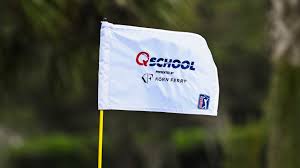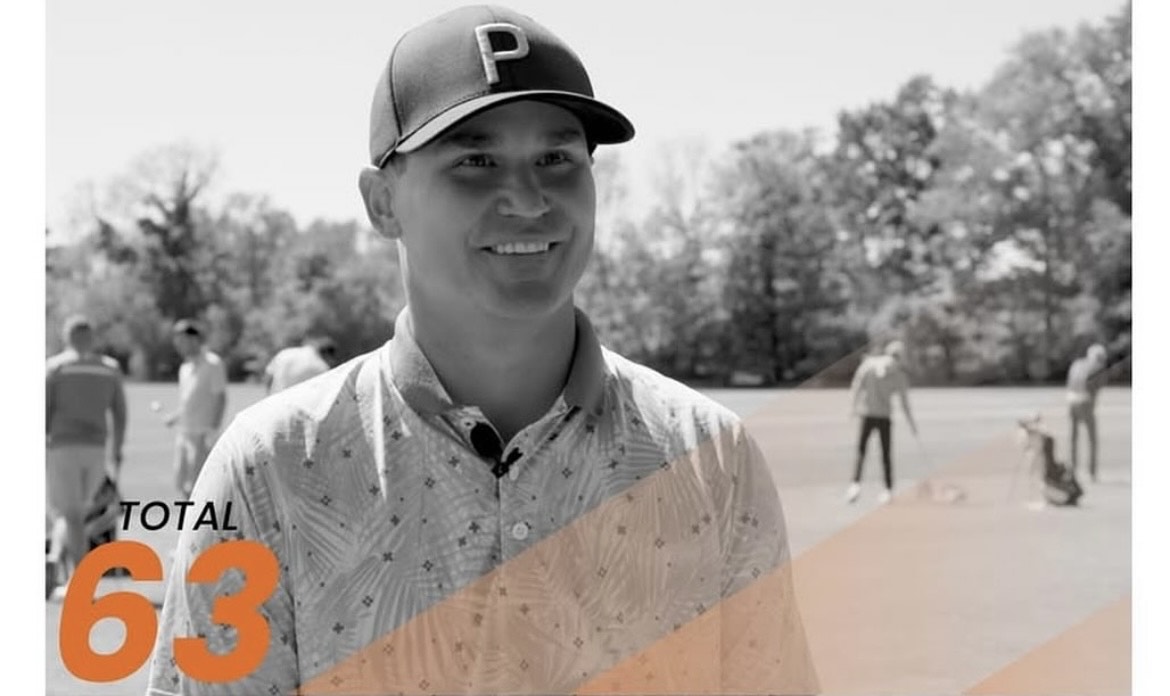There was a time when male professional golfers in America without PGA or Korn Ferry Tour status could still make a living. The golden age of U.S. mini tours began in the early 2000s and continued for about a decade, a period when the Hooters Tour staged dozens of tournaments each season with purses reaching as high as $250,000. Out west, former Arizona State All-American Chris Stutts launched the Gateway Tour in Phoenix, which offered $100,000 purses during the winter months.
Ted Potter Jr. earned more than $200,000 on the Hooters Tour alone in 2009. The tour also turned Zach Johnson into a contender and helped propel him to the PGA Tour. In 2008, Jesse Mueller dominated the desert circuit, winning over $170,000. Charlie Beljan followed suit the next year, earning more than $130,000 before securing PGA Tour status.
During that era, there were many other regional circuits running steady schedules, Golden State Tour and Dakotas Tour among them. While their purses rarely rivaled Hooters or Gateway, they offered reliable playing opportunities. Consistency led to longevity—while other tours folded, Golden State and Dakotas endured.
“I want to create value for players to compete at this level,” says Michael O’Leary, Executive Director of the Asher Tour (formerly Golden State Tour) for 22 years. A few years ago, the Golden State Tour entered a partnership with the apparel brand Asher and changed the tour’s name. Though the partnership was brief, the name stuck, and the Asher Tour—now running 30 events annually—is growing. “Back when Hooters was the place to play, it was bringing value to players who could afford to do it, and it gave others a chance to say, ‘Maybe this isn’t for me,’” O’Leary says.
The Dakotas Tour, a series of pro-am tournaments run in North and South Dakota each summer, began in 1985. For decades, its relaxed format attracted social pros and journeymen. But in recent years, the tour has struggled to retain professionals and now finds itself at a crossroads—so organizers reached out to O’Leary.
“The hard part for them is getting a consistent group of pros,” O’Leary explains. “They haven’t kept the website up. They’ve had trouble communicating with players. Those inconsistencies have led to fewer pros signing up. It needs to be reintroduced to a new generation of players.”
The Asher Tour typically pauses in the summer, when many of its players chase status elsewhere. With the Dakotas Tour operating between June and August, O’Leary saw a perfect fit. Starting next summer, the Asher Tour will take over tournament operations for the Dakotas Tour. In the short term, O’Leary plans to preserve the Dakotas’ identity while ensuring that 60 to 70 professionals show up weekly.
“Eventually it will be one big tour that we operate,” O’Leary says. “For now, we’re dipping our toe in. They want help from a promotional standpoint, help running events, and continuity from week to week. It just seems like a good fit.”
Golf boomed during the pandemic, with more people playing and memberships surging—but that growth came at a price. Higher demand drove up green fees and course costs, which has made life harder for mini tours that rely on affordable rates to keep entry fees reasonable and purses high. Increased course expenses often mean competitors pay more to play for less.
The Asher Tour once hosted events regularly in Phoenix. Before the pandemic, courses charged roughly $50 per player per round. Today, those same venues charge significantly more in the offseason and triple in peak season. This trend has spread nationwide, shrinking the number of viable opportunities for aspiring pros. In 2025, the Asher Tour expects to pay more than $600,000 in course fees for its 30 events.
“The system is showing how difficult it is to sustain,” says O’Leary. “Expenses on the West Coast have doubled or tripled in the past five years, and you have to cover those costs.”
A typical Asher entry fee is between $1,150 and $1,450 with purses varying based on how many players sign up. Sometimes the entry fee covers a practice round and a few meals during tournament days, sometimes it doesn't. Players still have to cover their travel, lodging and meals. Asher Tour aims to get at least 72 players to each event, though they often get more. At this week’s Sedona Open in Arizona, the field size is 111 and the winner is guaranteed at least $20,000. Last year’s purse at the same event was $92,500 with the top 16 players earning more than their entry fee.
Earning a living on mini tours has never been easy, and running a profitable tour while keeping it worthwhile for players may be just as challenging. Most players see mini tours as a stepping stone—if they lose money for too long, they move on. But O'Leary and two employees deliver a competitive and reliable training ground tournament after tournament.
“The reality is mini tours are a place players don’t want to play,” O’Leary admits. “We’re trying to run something that players don’t really want to be part of. But if we can create value when they have to play here, that’s why we’ve sustained and grown.”
With fewer PGA and Korn Ferry Tour cards available and the PGA Tour consolidating developmental circuits into the Americas Tour, more capable pros are left without places to compete. O’Leary sees opportunity in that gap—and possibly the start of a new mini tour renaissance. “I think we’re going to get that overflow over the next year or so, as those qualifiers disappear and access to events becomes more limited,” he says.
The Asher Tour now has what O’Leary calls a “million-dollar vision.” As a 501(c)(3), the tour hopes to raise $1 million in sponsorships and donations to offset course costs and fund charity outings. With expenses covered, players would enjoy larger purses, smaller entry fees, and a more sustainable schedule. The model calls for Monday charity outings, Tuesday practice rounds, and competition Wednesday through Friday—leaving weekends free for PGA or Korn Ferry Monday qualifiers.
There are also growing pathways to higher levels. For the past decade, the Asher Tour has awarded a Barracuda Championship exemption (“The Fifth Major”) to the winner of the Reno Open. That connection recently attracted interest from the Asian Tour, which is hosting a Q school stage at Soboba Springs in Southern California next week. The Asher Tour also introduced a $25,000 bonus for the top five finishers in a new three-event series—a perk not available last year.
O’Leary hopes that more direct exemptions and developmental partnerships will follow. For now, his focus is on expanding north.
“We’re trying to do it like any mini tour player,” O’Leary says. “Get a little better every day. Maybe that’s the exact compliment for the player that we’re serving. We’re grinding too.”
Lorem ipsum dolor sit amet, consectetur adipiscing elit. Suspendisse varius enim in eros elementum tristique. Duis cursus, mi quis viverra ornare, eros dolor interdum nulla, ut commodo diam libero vitae erat. Aenean faucibus nibh et justo cursus id rutrum lorem imperdiet. Nunc ut sem vitae risus tristique posuere.







0 Comments